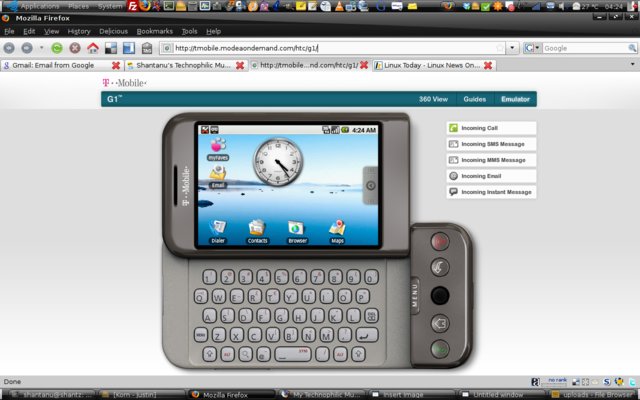If you are a student (this works for non-students as well but I expect you to be honest ;) ), you can download a whole bunch of software for free. How? Well, all you need is to become an ACM student member, and join the MSDN AA (Microsoft Developer Network Academic Alliance) ACM Student Benefit Program.
Normally it takes around 19$ for you to become a student member but you can do it for free for a limited time by going to http://campus.acm.org/icpc/
